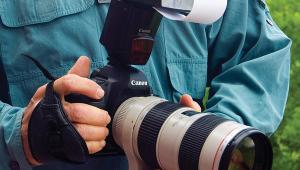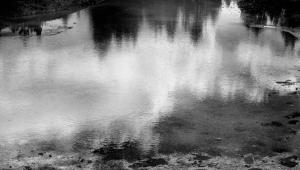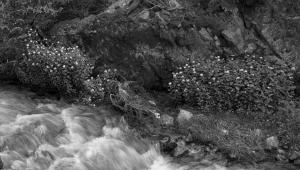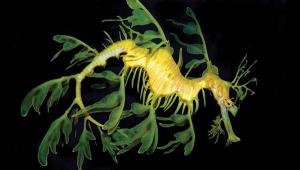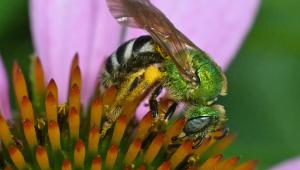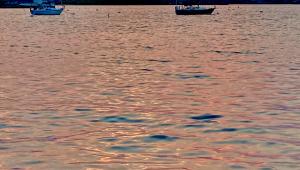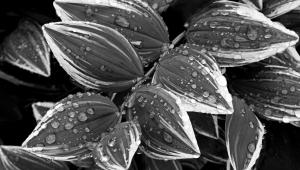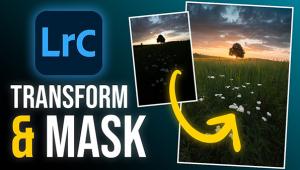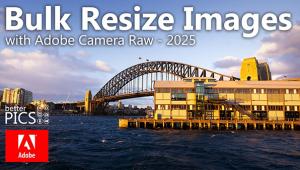Breakthrough in Color Printing Technology
A*STAR’s Institute of Materials Research and Engineering, based in Singapore, explain that stained glass is traditionally made by mixing tiny metal fragments into glass, and it was discovered that nanoparticles from these metal fragments scatter light passing through the glass to provide stained glass its colors. The researchers employed a similar approach, using modern nanotechnology tools. The result is precisely patterned metal nanostructures that enable a surface to reflect light to achieve the color images.
The researchers claim their breakthrough has the potential to revolutionize the way images are printed by allowing coloring to be treated as a lithographic—not an inkjet process. Dr. Karthik Kumar, one of the scientists on the project, explains “The resolution of printed color images very much depends on the size and spacing between individual ‘nanodots’ of color.”
Kumar adds “the closer the dots are together and because of their small size, the higher the resolution of the image. With the ability to accurately position these extremely small color dots, we were able to demonstrate the highest theoretical color print resolution of 100,000 dpi.”

